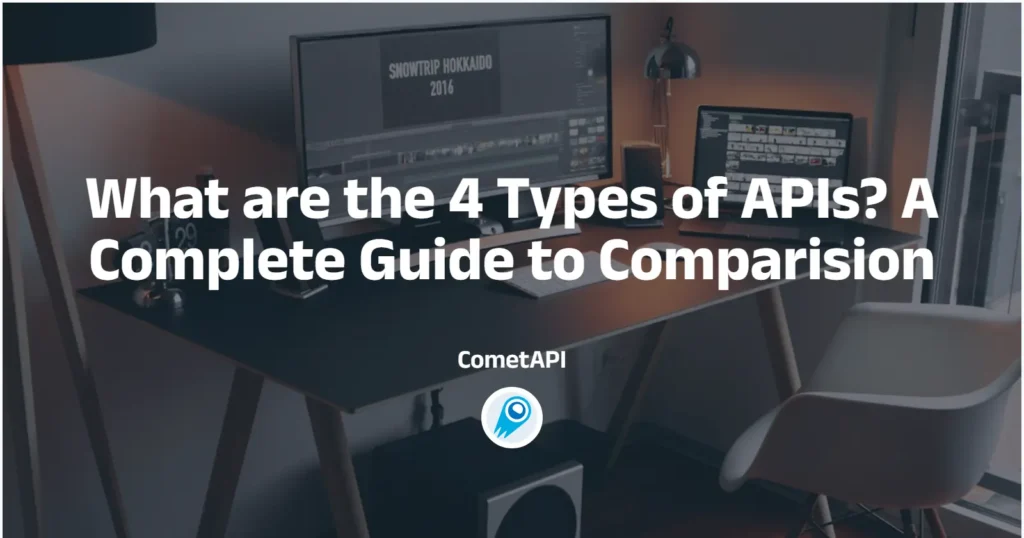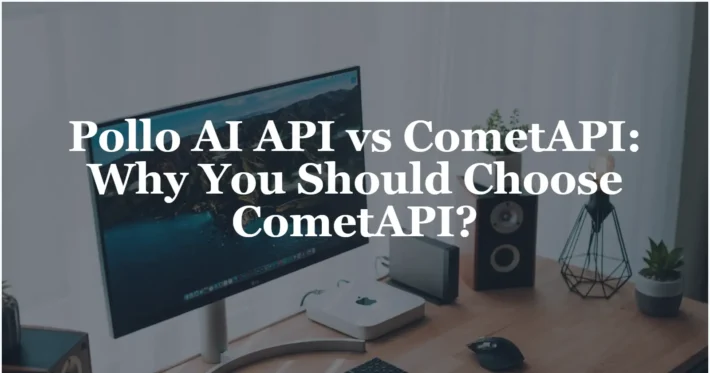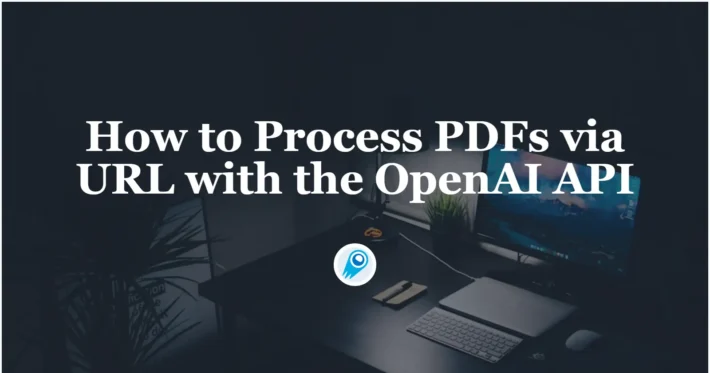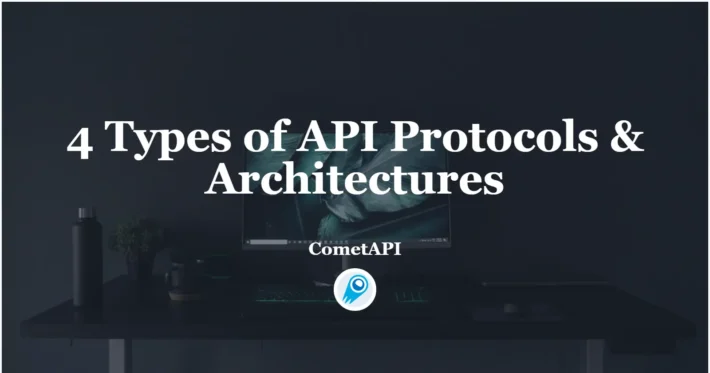What are the 4 Types of APIs? A Complete Guide to Comparision

In today’s rapidly evolving digital landscape, Application Programming Interfaces (APIs) serve as the connective tissue between disparate software systems, enabling data exchange, functionality sharing, and accelerated innovation. As organizations strive to build scalable, secure, and efficient architectures, understanding the distinct categories of APIs becomes essential. This article explores the four primary types of APIs—Public (Open) APIs, Private (Internal) APIs, Partner APIs, and Composite APIs—illustrating each with real‑world examples and the latest industry developments.
What Is a Public API?
Public APIs (also known as external or open APIs) are accessible over the internet by any developer, often with minimal registration requirements. They expose specific application functionality or data for broad consumption, driving ecosystems and developer communities.
How Do Public APIs Drive Innovation and Adoption?
Public APIs lower the barrier to entry for third‑party developers, fostering innovation through mashups, integrations, and new service offerings. For example, OpenAI’s public API now offers GPT‑4.1, GPT‑4.1 mini, and GPT‑4.1 nano models, which developers worldwide can integrate into their applications to enhance natural language understanding, code generation, and more. This democratization of advanced AI capabilities exemplifies how public APIs catalyze new products—from chatbots to intelligent assistants—across industries.
Definition and Key Characteristics
- Accessibility: Available to anyone—developers, partners, or end users—typically with a straightforward registration process and well‑documented terms of use.
- Standardization: Often RESTful, using common protocols (HTTPS, JSON) to ensure ease of integration across diverse platforms.
- Rate Limits and Quotas: To ensure fair use and protect backend services, public APIs usually enforce throttling policies (e.g., X requests per minute).
- Developer Portals: Comprehensive documentation, interactive consoles, and SDKs accelerate onboarding and encourage experimentation.
What Are Common Public API Use Cases?
- Social media integrations (e.g., Twitter, Facebook)
- Payment processing (e.g., Stripe, PayPal)
- Geolocation and mapping (e.g., Google Maps)
- Data enrichment (e.g., weather, financial data)
The rapid adoption of public APIs is also evident in mobile app ecosystems; recent reports highlight how Android and iOS developers increasingly rely on open APIs to deliver real‑time features, such as location‑based services and in‑app messaging .
What Is a Private API?
Private APIs (sometimes called internal APIs) are designed for use within an organization. They facilitate integration between internal systems, enforce corporate governance, and often remain hidden from external developers.
Definition and Rationale
- Restricted Access: Only accessible within the enterprise network or vetted internal CI/CD pipelines to prevent external exposure.
- Service Abstraction: Encapsulate business logic (e.g., user authentication, billing calculations) behind uniform interfaces, allowing front‑end and back‑end teams to evolve independently.
- Performance Optimization: Tightly controlled SLAs and minimal latency requirements support mission‑critical services.
- Security Controls: Integration with enterprise IAM (Identity and Access Management) ensures robust authentication and authorization.
Use Cases
- Microservices Architecture: Internal APIs connect microservices—such as authentication, order processing, and inventory—in large‑scale e‑commerce platforms.
- Enterprise Resource Planning (ERP): Private APIs allow HR, finance, and logistics modules to interact seamlessly within a corporate intranet.
- DevOps & Automation: Internal endpoints expose monitoring, logging, and deployment controls for continuous integration/continuous deployment (CI/CD) pipelines.
Latest News : Azure AD Graph API Deprecation
Microsoft has announced the impending removal of the Azure AD Graph API—now part of Entra ID—in early September 2025, urging administrators to migrate custom applications to Microsoft Graph by that deadline . This deprecation, first signaled in the June 2025 “What’s New in Entra” update, highlights the lifecycle management of private APIs and the importance of planning for endpoint evolution .
What Is a Partner API?
A Partner API is a semi-public interface exposed to strategic business partners under controlled terms. Unlike public APIs, access is granted selectively—often governed by contractual agreements, API gateways, and enhanced security measures.
Benefits
- Controlled Collaboration: By limiting access to trusted partners, organizations can share sensitive capabilities while retaining oversight.
- Revenue Sharing & Co‑Development: Partner APIs often underpin joint ventures, enabling revenue‑share agreements or bundled service offerings.
- Enhanced Security & Compliance: Access controls, usage quotas, and audit logs ensure partner activities remain within agreed parameters.
Use Cases
- Supply Chain Integration: Retailers may expose order‑management APIs to key suppliers for real‑time inventory updates.
- Financial Services: Banks share payment initiation APIs with licensed fintech firms to comply with open banking regulations.
- Telecommunications: Carriers provide partner APIs for device provisioning and billing to equipment manufacturers.
What Are Partner API Best Practices?
- Strict access control via OAuth 2.0 or mutual TLS
- Comprehensive documentation with usage quotas and throttling
- Transparent SLAs outlining uptime, latency, and support
- Regular reviews to adjust policies based on usage patterns
By establishing clear governance around partner APIs, organizations can foster trust and drive collaborative innovation.
What Is a Composite API?
Composite APIs (also known as mashup or orchestration APIs) combine multiple underlying API calls into a single request, simplifying complex workflows for client applications. They abstract away the intricacies of interacting with various services, improving efficiency and developer experience.
Definition and Benefits
- Aggregation: Combine data from several microservices (e.g., user profiles, order statuses, inventory levels) into a unified response.
- Transaction Efficiency: Minimize client‑side orchestration, cut down on HTTP overhead, and streamline error handling.
- Workflow Simplification: Enable “one‑stop” endpoints that reflect higher‑level business operations (e.g., “place order” or “initiate return”).
- Versioning Management: Provide an abstraction layer that insulates clients from frequent changes in underlying services.
Use Cases
- Mobile & Web Applications: A single composite endpoint returns user profile, preferences, and activity feed in one call, optimizing load times.
- API Gateways: Many organizations implement composite APIs at the gateway layer to route requests, apply policies, and stitch responses.
- IoT & Edge Scenarios: Composite APIs collect data from multiple sensors or services into a unified payload for analysis.
Recent News
CometAPI is a unified API platform that aggregates over 500 AI models from leading providers—such as OpenAI’s GPT series, Google’s Gemini, Anthropic’s Claude, Midjourney, Suno, and more—into a single, developer-friendly interface. By offering consistent authentication, request formatting, and response handling, CometAPI dramatically simplifies the integration of AI capabilities into your applications. Whether you’re building chatbots, image generators, music composers, or data‐driven analytics pipelines, CometAPI lets you iterate faster, control costs, and remain vendor-agnostic—all while tapping into the latest breakthroughs across the AI ecosystem.
How Do These API Types Compare?
To make informed architectural decisions, it’s crucial to weigh the trade‑offs among public, private, partner, and composite APIs:
| Aspect | Public API | Private API | Partner API | Composite API |
|---|---|---|---|---|
| Accessibility | Open to all | Internal only | Select partners | Internal or external |
| Security Level | Moderate (API keys, OAuth) | High (firewall, VPN) | Very high (contracts, SLAs) | Varies (inherited) |
| Documentation Need | Extensive | Moderate | High | High |
| Use Case Focus | Ecosystem growth | Microservices, ERP | Strategic integrations | Workflow optimization |
| Performance Impact | Standard HTTP overhead | Tuned transports (gRPC) | Standard HTTP/S | Reduced round trips |
| Governance Complexity | High (versioning, abuse) | Moderate to high | Very high | Moderate |
Each category serves a distinct purpose. For instance, public APIs drive broad adoption and innovation but demand rigorous versioning strategies; private APIs streamline internal collaboration but require strong governance to avoid silos; partner APIs deepen business relationships under controlled terms yet involve complex onboarding; and composite APIs optimize performance yet can introduce orchestration challenges.
What Best Practices Ensure API Success?
Regardless of API type, adhering to certain best practices will enhance security, usability, and maintainability:
How Should You Design and Document Your APIs?
- Use Consistent Naming Conventions
Adopt RESTful resource-based URLs (e.g.,/users/{id}/orders) or RPC-style patterns consistently. - Version Your APIs Clearly
Include version numbers in URLs (e.g.,/v1/) or headers to manage compatibility across iterations. - Provide Comprehensive Documentation
Leverage tools like Swagger/OpenAPI to auto-generate interactive docs, code samples, and SDKs.
How Do You Secure Your APIs?
- Implement Robust Authentication and Authorization
Use OAuth 2.0, JWTs, or mutual TLS for strong identity verification. - Enforce Rate Limiting and Throttling
Protect against denial-of-service (DoS) attacks and ensure fair usage. - Sanitize and Validate Inputs
Prevent injection attacks and ensure data integrity.
Conclusion
APIs are the connective tissue of modern software, enabling modular development, cross‑platform integrations, and scalable architectures. By understanding the four primary API types—public, private, partner, and composite—you can tailor your API strategy to align with business goals, technical requirements, and security imperatives. Whether you’re exposing capabilities to a global developer community, streamlining internal microservices, forging strategic partnerships, or optimizing client workflows, selecting the right API type—and following industry best practices—will determine the success of your digital initiatives.
Getting Started
CometAPI provides a unified REST interface that aggregates hundreds of AI models(Gemini Models, claude Model and openAI models)—under a consistent endpoint, with built-in API-key management, usage quotas, and billing dashboards. Instead of juggling multiple vendor URLs and credentials.
Developers can access Gemini 2.5 Pro Preview , Claude Opus 4 and GPT-4.1 through CometAPI, the latest models listed are as of the article’s publication date. To begin, explore the model’s capabilities in the Playground and consult the API guide for detailed instructions. Before accessing, please make sure you have logged in to CometAPI and obtained the API key. CometAPI offer a price far lower than the official price to help you integrate.



